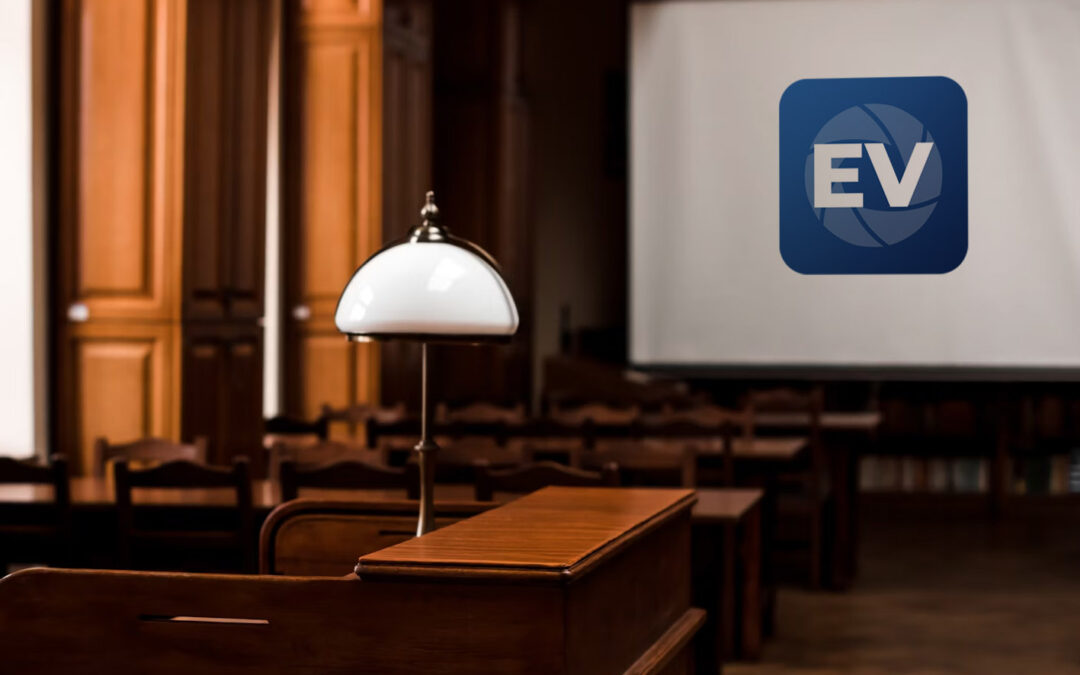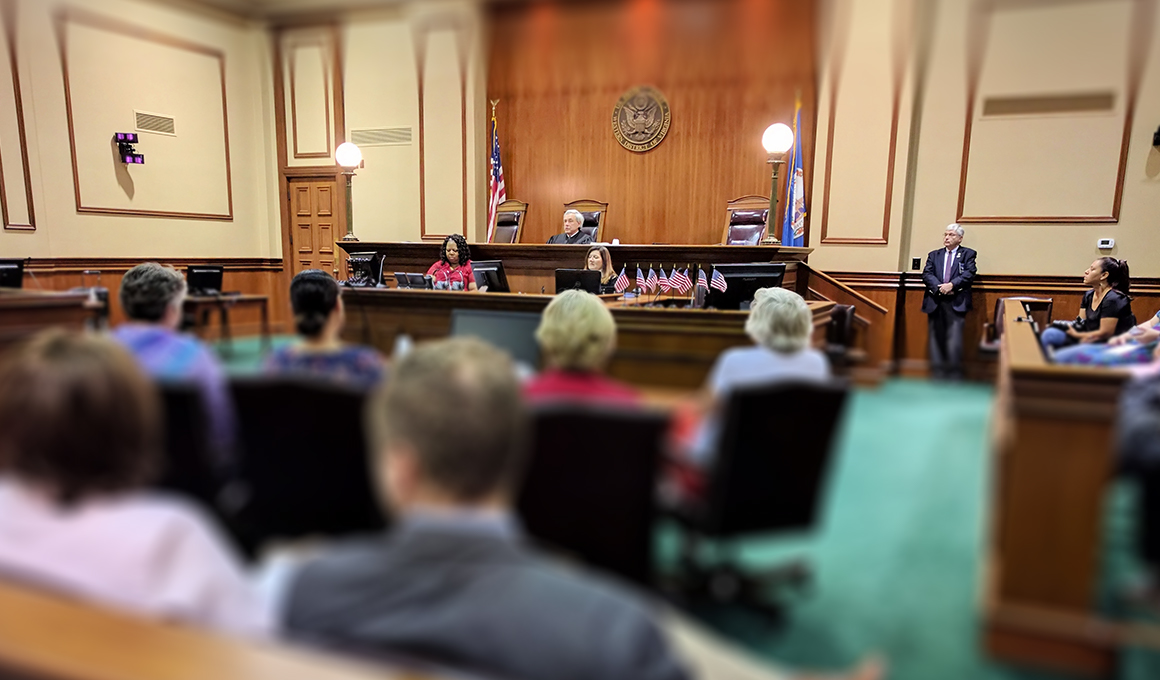How Trial Presentations Enhance Your Debate and Encourage Jurors
Test discussions work as a crucial device for boosting lawful arguments and convincing jurors. By incorporating aesthetic aids, narrative structures, and emotional involvement, lawyers can produce a compelling instance that resonates on multiple degrees. The tactical use visuals not just makes clear complicated information yet also records jurors' interest extra efficiently than words alone. However, the art of storytelling plays a just as crucial function in changing factual evidence into an engaging story, forming jurors' perceptions - trial presentations. Comprehending these components can dramatically influence test end results, increasing the question of just how each component adds to this elaborate dynamic.

Relevance of Visual Help
Aesthetic aids play a crucial function in boosting the efficiency of test discussions, as they can substantially raise audience involvement and retention of information. In the context of a test, where jurors are tasked with handling complicated details, aesthetic aids serve to simplify and clear up essential points. Graphes, charts, and pictures can share data and concepts that may otherwise overwhelm or confuse jurors, permitting a much more uncomplicated understanding of the evidence presented.
Moreover, visual aids assist in preserving juror interest throughout the procedures. By damaging the dullness of verbal testimony, these devices can stress important disagreements, making them extra unforgettable. Effective visual help can also evoke emotional actions, which can be critical in convincing jurors to align with the presenter's story.

Crafting Engaging Narratives
An engaging story is important in test discussions, as it functions as the backbone of effective persuasion. It allows attorneys to weave with each other facts, proof, and psychological components into a meaningful tale that reverberates with jurors. This narrative framework enables jurors to understand the intricacies of the case while assisting them via the attorney's debate.
To craft a compelling story, attorneys need to concentrate on quality and coherence. This includes establishing a clear lead character-- frequently the client-- and detailing their journey via the events in question. Offering the realities in a logical series improves comprehension and keeps interaction. Additionally, the usage of vibrant descriptions can create psychological photos that help jurors visualize the occasions, making the story a lot more remarkable.
Additionally, incorporating essential themes throughout the discussion enhances the core message and help in retention - trial presentations. The narrative needs to not just communicate details yet his comment is here likewise stimulate a feeling of justice, highlighting the stakes involved. Eventually, a sound story fosters a connection between the jurors and the instance, placing the lawyer's disagreement as both credible and compelling, thus boosting the likelihood of a hop over to these guys favorable verdict

Involving the Court Emotionally
Effective jury interaction hinges on the attorney's capability to attach with jurors on an emotional degree. This link can considerably affect jurors' assumptions and their supreme decision-making.
Aesthetic help, such as photographs or videos, can additionally boost emotional interaction, giving jurors with vivid representations of the situation's human components. Crafting a story that highlights the struggles and triumphs of the individuals included makes certain that jurors see beyond the legal disagreements and identify the human consequences of their decisions.
An attorney's enthusiastic distribution can reverberate with jurors, reinforcing their emotional investment in the instance. It's essential to stabilize psychological appeals with accurate evidence, making sure that jurors really feel urged to act while continuing to be based in the reality.
Structuring Your Discussion

The body of the discussion need to be logically segmented right into key points, each supported by compelling evidence. It is useful to use storytelling strategies to weave facts into a narrative that jurors can quickly adhere to. Visual help, such as charts and videos, can boost comprehension and engagement, assisting to highlight important pieces of proof.
Real-World Instance Research Studies
Checking out real-world case studies offers invaluable insights right into the art of trial presentations and persuasion. For instance, the landmark situation of "O.J. Simpson v. The People of The golden state" illustrates how visual help and compelling narratives can guide jury perceptions. The defense group effectively utilized a strategy that combined top-level specialist testimonies with multimedia presentations, which mesmerized jurors and ultimately affected their decision.
An additional remarkable example is the "McDonald's Coffee Instance," where the plaintiff's attorneys used graphic pictures of the injuries sustained by Stella Liebeck. trial presentations. This plain visual evidence played a critical role in conveying the seriousness of her burns, resulting in a considerable jury award. Such instances demonstrate that impactful test presentations typically hinge on the effective assimilation of visuals and storytelling to stimulate psychological responses from jurors
Furthermore, the "Casey Anthony Test" highlighted the value of narrative comprehensibility and integrity. The prosecution's failing to establish an engaging timeline decreased their influential power, underscoring the need of a well-structured presentation. Examining these instances discloses that successful test presentations need calculated planning, psychological involvement, and the capability to resonate with jurors' values and beliefs.
Conclusion
Test presentations substantially improve debates and encourage jurors via the calculated usage of aesthetic aids, engaging stories, and psychological interaction. A well-structured discussion equilibriums psychological charms with accurate evidence, ultimately resonating with jurors' worths.